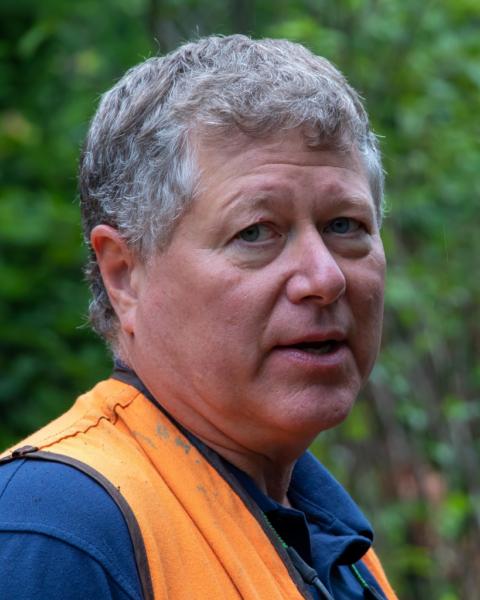The Business End of Selling Timber

As the Coös County forester, I advise forest landowners on a range of management strategies, including the sale of timber as a tool to improve or restore a number of forest values. When landowners choose to sell timber, trees to be harvested are identified, measured and put out for bid to qualified loggers.
Recently I reviewed a set of bids for one such timber sale. The consulting forester who initiated the sale on behalf of the landowner received four qualified bids. Revenue to the landowner ranged from $37,000 to $53,000. The four bids were pretty evenly spaced across this wide range.
Why were the offers so different?
This example tells an important story for all landowners to consider: A wide range of what loggers are willing to pay to the landowner is not unusual. The obvious question is, why were the offers so different? There are many reasons but, in a nutshell, each logger has different specialties. This timber sale may be more suited to one logger’s specialties than another. The variables subject to those specialties include tree species, tree quality, logging equipment, skill of the crew, and the logger’s markets. In this case, I suspect the highest bidder had a customer who was looking to fill an order and needed one of the products on this sale to fill that order. Other bidders may not have had the same strong markets for what was being sold.
How do you as a landowner benefit from this knowledge?
If you are like most landowners, you sell timber infrequently and aren’t aware of the markets, the loggers, the laws and the many alternatives and opportunities involved. At the start of my story, I mentioned that a consulting forester initiated the sale on behalf of the landowner—using a forester to represent you in a timber sale can result in a higher financial return.
NH licensed foresters require knowledge and skills to assess the value of trees based on current and local markets. A forester will identify the best mix of products to be made from each tree harvested. This is presented to qualified bidders in a prospectus. The prospectus includes an estimate of trees to be harvested, specifications for harvesting equipment, techniques, seasonal limitations on vulnerable soils, legal considerations, retention of crop trees, protection of regeneration and more depending on a landowner’s goals. For example, the prospectus for the sale in my example included 14 specific products identified to maximize return to the landowner and the total volume for each product.
The forester helped determine which bid best suited the landowner’s objectives. In this case, the logger that bid the highest also was best able to meet the landowner’s other non-financial objectives.
You may sell timber only once or twice, but the result is with you for the long haul. It makes sense to be as thoughtful as you can be before taking that step. To get started on your forest land, contact your County Forester for a woodlot walk to explore options and discuss strategies. This is a free service brought to you by UNH Cooperative Extension and your County government.
Brendan Prusik is the Coös County Forester with UNH Cooperative Extension. He has worked in Coös County forests for nearly 30 years. To learn about forest management and more visit www.nhwoods.org.
